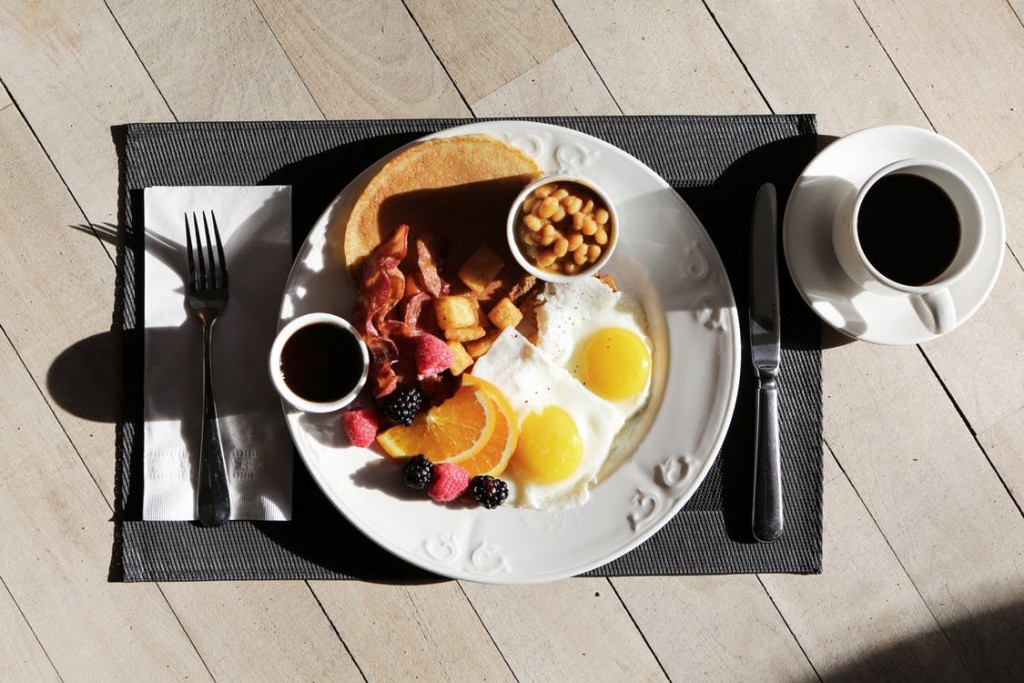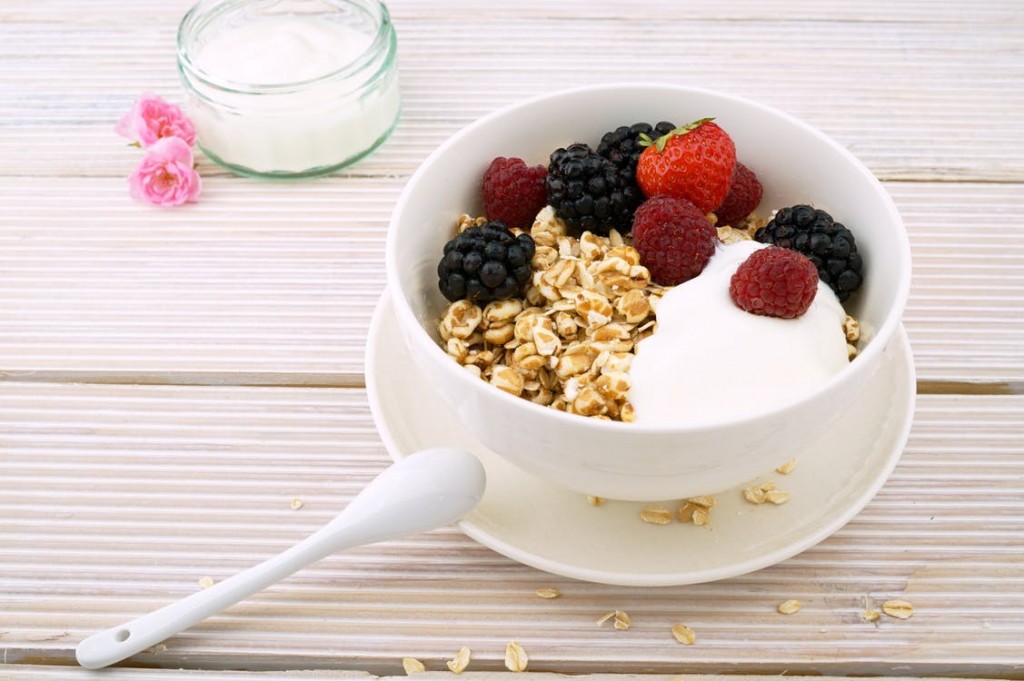“A good photograph is knowing where to stand.” This statement made by the American photographer and environmentalist Ansel Adams comes as a very handy tip for any aspiring photography student.
Photography is indeed about determining the angles and distance to get the perfect shot. Among the many genres in photography, food photography is the most sought after. Like any other photography stream, food photography too is about skillfully balancing art and reality. As a trending subject today, there are few photography training institutes imparting short-term and weekend courses.
In order to gain an insight into food photography, read on.
Get Your Angle Right
The camera angle will make all the difference. Before you get started, it is important to understand the food well, for example, its size, colour, shape, etc. After this, decide where you want to place the camera in order to highlight these features. For some foods, a top angle can bring out its best features while for others a front shot may seem more suitable.
In a photography course, one of the elementary topics taught to students is about angles. With a basic understanding of angles, you can capture more than 80% of the image right.
Add Drama Through Props
The use of props can definitely enhance the look of your food. Using props such as flowers, jars, glasses, fabrics, etc. in the foreground or background will add drama to your frame. This will give depth to your main subject (food) and will add an element of interest to it. Often in photography classes, students are advised to experiment with props, lights, angles, etc. It’s again on individual creativity how well you use the props.
Play Around with Light
Natural light is the best way to get the most out of your food shots. Once a photographer acquires the skill of controlling the light, it becomes fairly easy to capture the subject. Clicking with natural light can be too bright, therefore use a diffuser (a thin sheet of paper or a thin fabric) can soften the light as well as improve its quality.
Create Lines and Layers
Overuse of props can distract the viewer from the main subject that is food. However, this can be adjusted using lines and layers such as spoons, a rolled table napkin, crockery with a distinct border, etc. In this way, when the food is captured, the focus is straight on the food.
Experiment with Indoor & Outdoor Shots
Testing your skills is very important. The more you experiment with different location the better is your understanding of the final output. There’s always a vast difference in the quality of photographs shot indoor with that of the outdoor photography.
In most photography schools, students are often taken on excursions so they can experiment under different scenarios.
Using the above tips, a photographer can surely capture the best image. But apart from this, if a photographer has the basic photography knowledge and the skill, he/she can aim for higher results.





